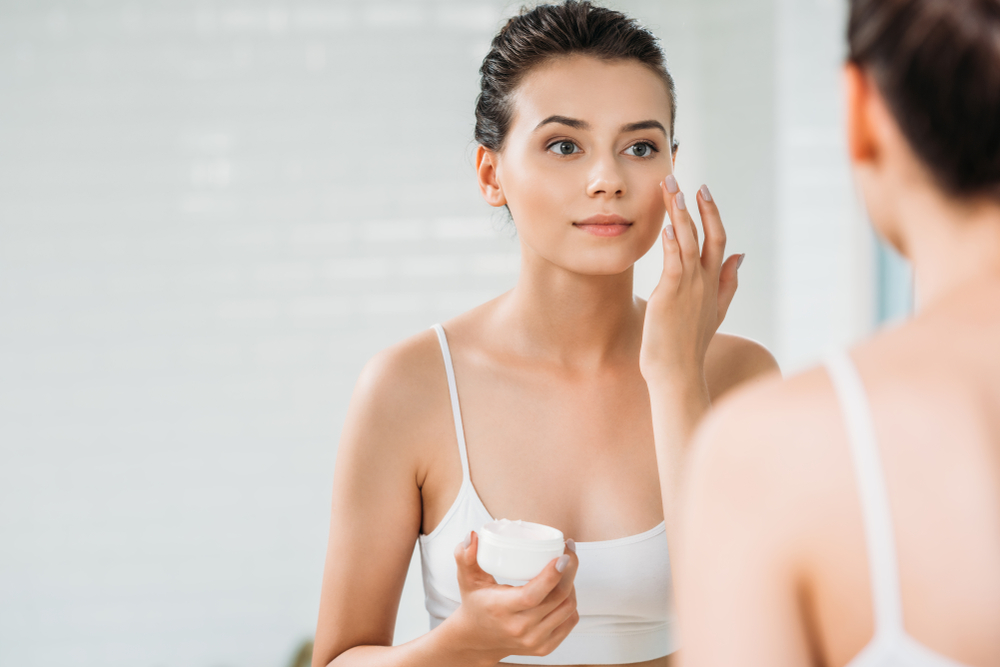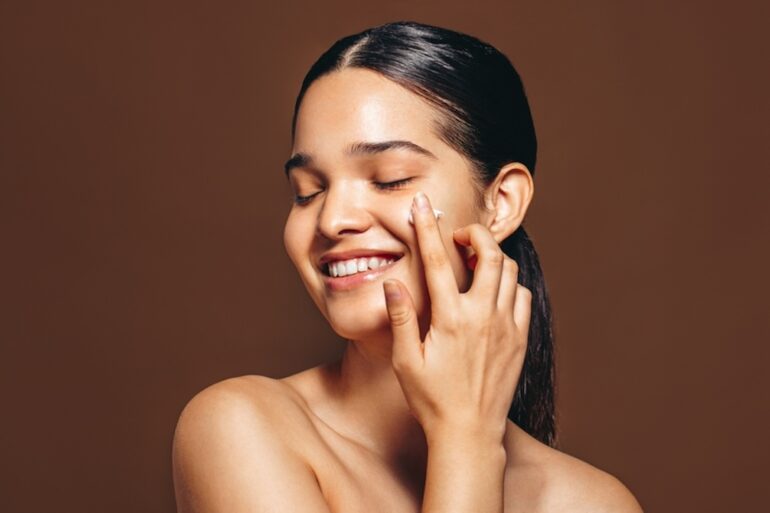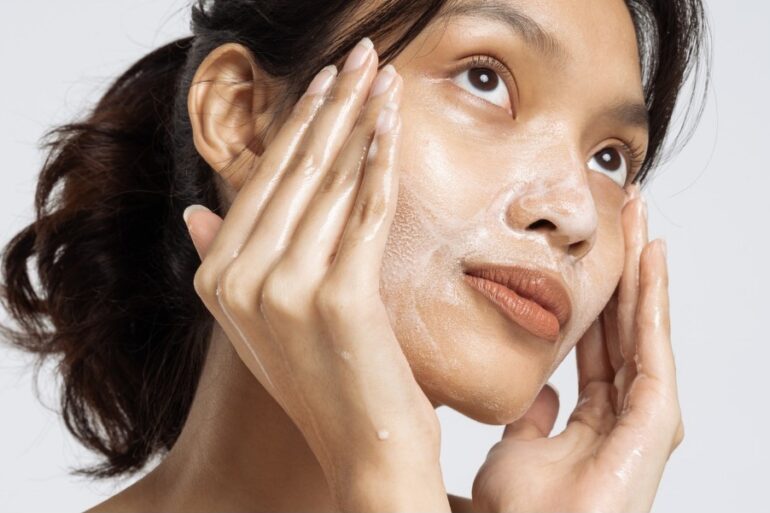Nothing gives off a youthful glow more than beautiful skin. All it takes is a great skincare routine, which the pros say isn’t as hard as it sounds.
You know how they say beauty is only skin deep? There is some truth to that adage, if you look at it from a biological POV. Its main function is to protect the body from the elements, so keeping it healthy is essential to our overall wellbeing. And healthy skin is beautiful skin. Which means that a good skincare routine must be an integral part of our day.
The most important step is moisturizing—something that we learned is not quite as simple as it sounds. During the recent Bio-Oil Skincare Oil relaunch, held at The Peninsula Manila, The POST chatted with dermatologist Dr. Cheska Sy-Alvarado on what it really takes to get this crucial skincare step right.
Why do we need to moisturize?
The main reason why we moisturize has a lot to do with protection. The need to keep the skin barrier healthy as it is the body’s defense against the environment, extreme weather conditions, and even from pathogens, viruses, bacteria, and irritants. Dr. Sy-Alvarado puts it this way: “Even when there are pollutants around us, if your skin barrier is good, it will not penetrate into the deeper layers of the skin,”
Hydration vs. moisturization
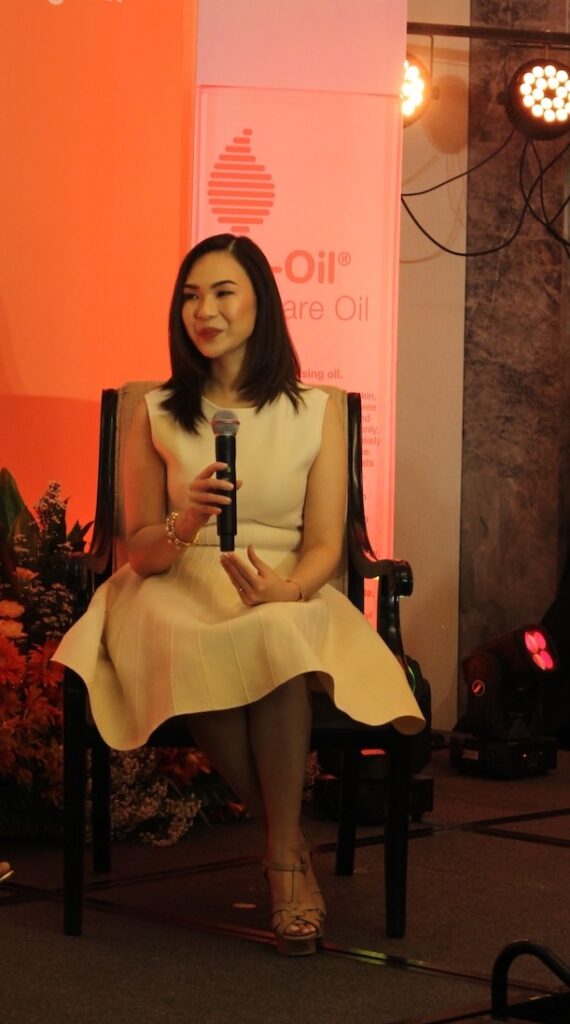
For starters, there is a marked difference between hydration and moisturization when it comes to skincare. According to the doctor, the former only refers to the water content of the skin, which means “anything that will draw water to the top layer of the skin—whether that is from the environment, or from the deeper layers of the skin.”
Its goal is to keep the water in the skin. On the other hand, moisturization is a bit more complex, as its purpose is to balance the oil and water in the skin. In a nutshell, Dr. Alvarado says, “the most important thing we need to remember is that hydration isn’t everything. We also need to ensure we keep a healthy level of oil in the skin.”
Not all moisturizers are created equal

There are three categories of moisturizers that we can choose from, depending on what the skin needs. First are emollients, which is made up of oil and lipids that improve the appearance of the skin by filling in the spaces in between. If you see ingredients like ceramides, cocoa butter, shea butter, or even collagen, then it is likely to be an emollient. On the other hand, humectants draw moisture from the air to replenish the outer layers of the skins, and these are the likes of hyaluronic acid, glycerin, and AHA. Lastly, there are occlusives, like everyone’s trusty jar of petroleum jelly, which create a seal on the skin to lock moisture in.
Formulation is also something that one needs to consider. Many think that oils are not easily absorbed, but newer variants melt into the skin rather quickly, like Bio-Oil Skincare Oil. Plant-based oils, like sunflower oil, are also known for their anti-inflammatory and anti-oxidant properties.
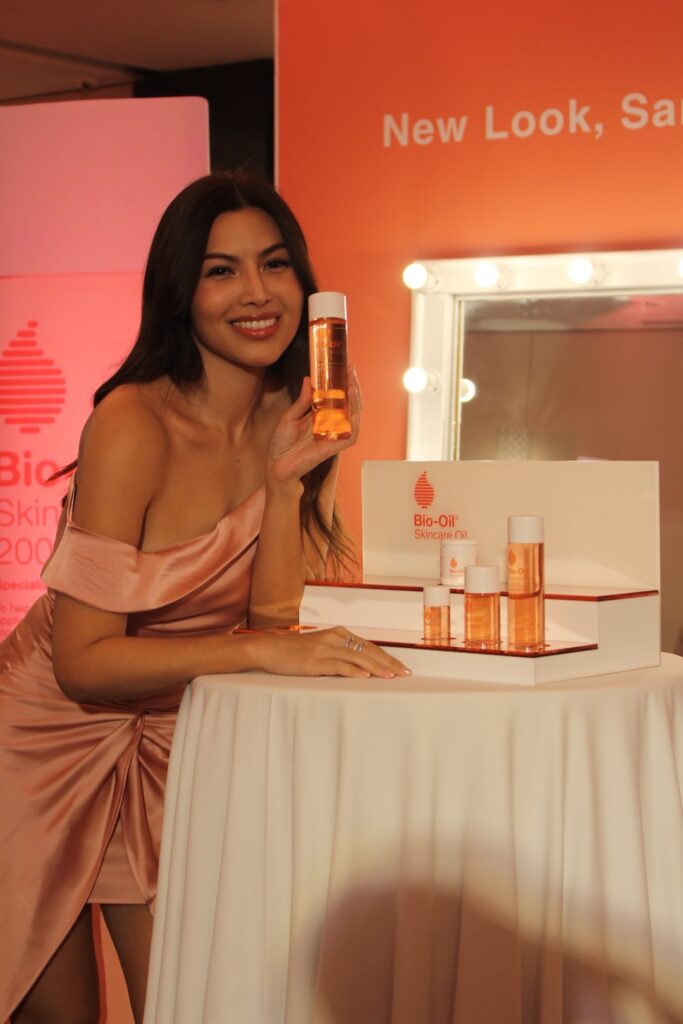
Skip the 12 steps
Oftentimes, a visit to the skincare clinic can be confusing. They will sell you on not only the facial wash and the moisturizer, but also on the serums, and oils that can add up to a lot of steps. Seriously, who has time for that?
Dr. Sy-Alvarado explains that there is some logic there – “When people do a 12-step routine, they are using products focused on one key ingredient, like niacinamide serum or hyaluronic acid serum. But you don’t really need to be so specific.”
This practice, she notes, is not quite sustainable, as it means having to buy so many different products. “Not unless, they are trying to avoid certain irritants, but having so many layers can block your pores and cause breakouts,” she adds. The exception would be if you have skin issues like pigmentation, acne, or eczema, which has creams that contain a more targeted set of ingredients.
An option would be to go for multi-ingredient products that will deliver what you need, like in the case of brightening serums that may already include niacinamide, licorice, and vitamin C.
As easy as 1-2-3
There really are only three basic steps to remember in a skincare routine – cleansing, moisturizing, and sun protection. “You really don’t need more than that,” she says. “You can add an extra step – treat – if you have specific concerns to address.” And the best place to start? A clean canvas – a freshly-washed face. No ifs or buts about that!
The good doctor does have a hard-and-fast rule to eliminate any guesswork on what comes next: layer the products from thinnest to thickest, then the sunscreen always goes on last. As for all the ‘steps’ with the additional serums and creams? “They are pretty much interchangeable,” she says
A famous society lady was once asked, “How do you know when you should start moisturizing?” To which she said, “Once you see the first wrinkle, it’s too late.”
It may be an exaggeration, but it also emphasizes the importance of keeping our skin moisturized. With all the modern formulations out in the market, there is the perfect one for every skin type. Even one that is perfect for the tropics.
Related story: 9 skincare and grooming products for the regimen-less man
Related story: This new Korean skincare brand may finally work with your skin, not against it

